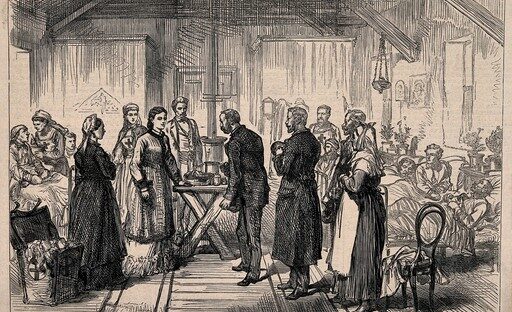On 19 April 2024, Lidia Trăușan-Matu presented the paper ‘Preventing Cholera. The Sanitary Law of 1874 and the Evolution of the Quarantine System in Romania (1874–1913)’ at the international conference Toward Cholera Epidemics Elimination: From Past to Contemporary Societies, organised by the Adam Mickiewicz University, Poznan & Heinrich Heine University Düsseldorf. The presentation was given online and was written together with Prof. Octavian Buda.
“In this presentation, we propose to discuss a very current topic: the issue of epidemics, quarantine and health policies, but in the 1875-1913 period, in Romania. Why should we be concerned with such a subject? Because the disasters produced by epidemics, regardless of their type, place and time have profound and long-term social, political, economic and cultural effects and they reveal the problems of each country’s governance, economy and health systems. Being aware of past experiences can help us form a better, more accurate understanding and perspective of the sufferings and imbalances recently caused by the Covid-19 pandemic.
This presentation aims to analyse how the sanitary law of 1874 consolidated and prioritised the public sanitation and hygiene measures in Romania to the detriment of the authoritarian rules of quarantine and compares these changes and events with the international situation, particularly in South-Eastern Europe. In the first section of the presentation, we will discuss the principles enunciated by the 1874 law regarding the prevention of contagious diseases. The second part analyses the state’s intervention solutions in the case of cholera epidemics: from the appointment of district and city primary physicians to caretake epidemics to the replacement of land quarantines with sanitary inspection and disinfection stations; from the establishment of temporary isolation hospitals to the creation of cleaning and sanitation plans for villages and towns or home improvement plans. The last part of the presentation highlights the state’s contribution in the fight against epidemics and summarises the practical lessons learned from the management of past epidemics.”
